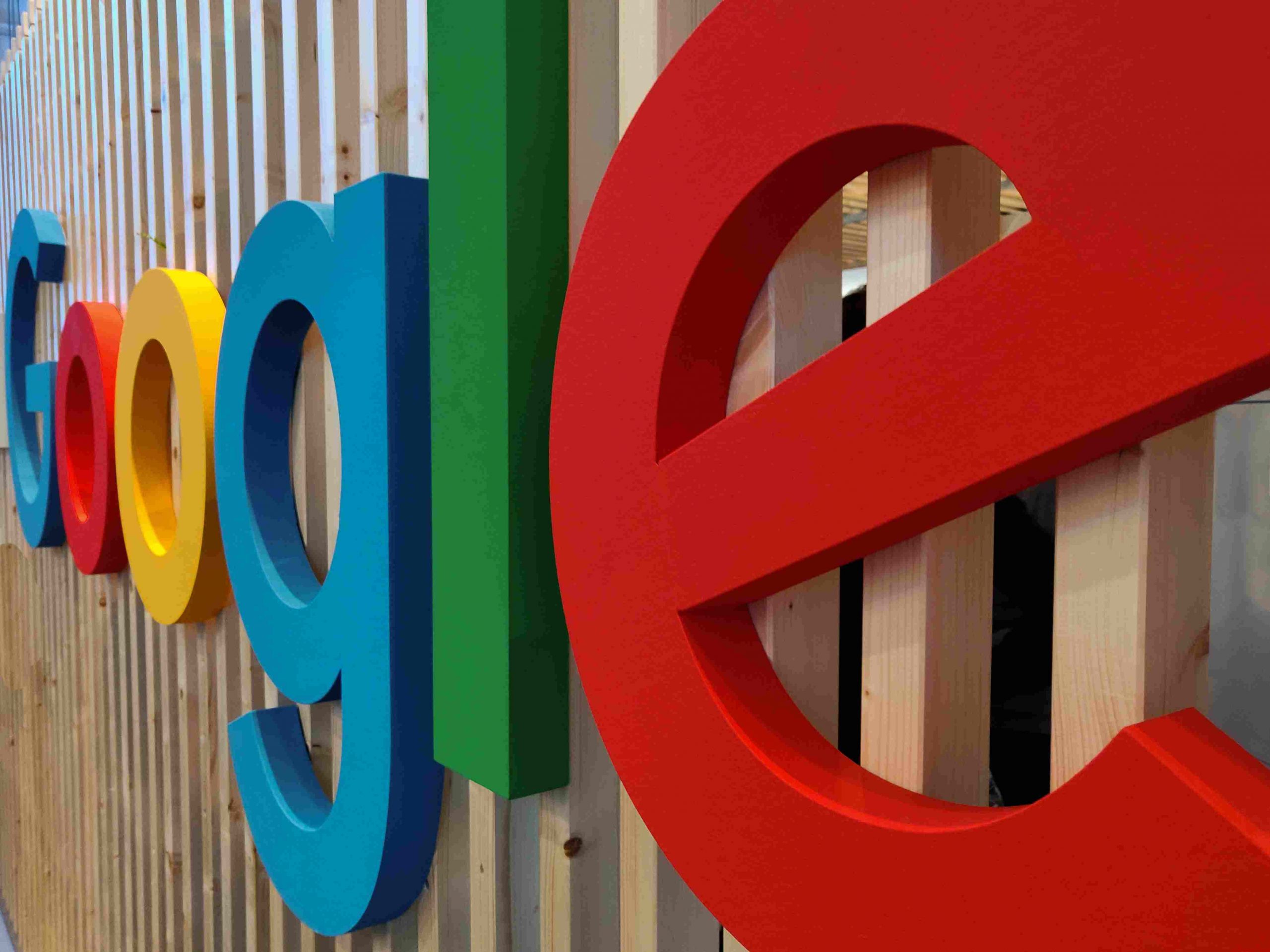
Is It Really Necessary To Keep Up With Digital Marketing Trends For Your Business?
- August 05, 2020 - Views: 920Moving into a new era, I was struck with the realization of how important it is for us to stay updated. From the most basic of human indulgences like clothes to more important ones like game applications, we need to know what’s up! If staying on trend is so important in such petty affairs, it makes more sense for a complex and important operation like business marketing to prioritize it too.
Business owners are advised to stay current with their marketing strategies. Follow the trends and keep up with the developments of their niche. So holding on to digital marketing trends is a wise decision for your brand. Or is it?
Mobile updates are a choice and so is following a fashion trend. Does the same choice apply to marketing trends? I decided to weigh the scales and here are the results.
Technology Isn’t Stagnant, So Is Your Business Marketing

Could you have imagined back in 2015 that an app like Tik Tok would blow up? Probably not. But today, it’s a popular marketing platform for many brands like Nike and the NBA. That’s one example of rapidly changing technology.
And how do they inevitably create a new wave of marketing trends that make it to the list of ‘Trends you cannot miss this year’?
Just look at Neil Patel’s 2020 list. Voice search and personalization weren’t known to businesses back in the day. And now a web search is only an ‘Ok Google’ away.
Speaking of Google, this king of search engines is the master of digital marketing today. What started in a garage now holds more than 90 percent share over global web searches. It makes sense that every brand wants to climb up the Google Ranks. This authority is what gives Google an upper hand in setting trends.
A slight change in their algorithm and a new marketing trend springs up. Take the Penguin update for instance. It changed the climate around content in the blink of an eye. Quality and relevance started trending and backlink spams became ghosts in the wind.
Social Media
Technology also birthed the one meeting point of the world- social media. Instagram, Facebook and Twitter are household names. Even my 72-year-old grandma has a Facebook account. So would a marketing strategy ignore such hotspots of content consumption?

They don’t.
In fact, Youtube is preferred for social media marketing worldwide and Twitter ads are 11 percent more effective than the ones on TV. That’s enough said to understand social media marketing is an ever booming trend.
Do you think your business will be able to strive in such golden days of technology by just handing out business cards? Not really.
The New Driver Of Trends- COVID-19
A slight change in customer behavior and we have a new trend circling the market. Today, it is the global crisis of COVID-19 that’s steering the wheel for business marketing trends 2020. Since the outbreak, the fundamentals of marketing have changed exponentially.
Presently, COVID-19 has caused fluctuations in search results of different domains which prove that the landscape of content consumption is changing. It calls for an end to complacency and adjustment of business marketing accordingly.

Thus came the wave of interactive and emotional content, postponing campaigns, focus on brand awareness than conversions, redesigning SEO strategies and work from home, to name a few. And not to mention the increased importance of building social media presence. Each and every marketing strategy had to take a new route to fit in the pandemic phase. These trends provided a cushion for businesses to bear the fall and give the necessary push when the time’s right.
In such circumstances, trends are more than just building engagement and means of rising to the top. It is a survival tactic.
Wish To Stay In The Game? Get Trendy
The market is a pit of cut-throat competition. All thanks to the changing market trends. It’s these continuous variations that keep you on edge. Every new trend poses a challenge to move above the rest and squeeze out creativity. But it rewards the business with improved rankings, visibility, traffic, engagement and conversion statistics.
Trends also keep you updated about your customer and the experience they need. Look at the mobile-first index. Its inception as a type of Googlebot is proof of the shift of customer behavior from desktop to mobile searches.
What I’m trying to say is that trends mark the development of the entire marketing landscape. And when you are trying to build a name in this landscape, going along with the developments, in this case, trends, is indispensable.
We Looked at The Pros, It’s Time For The Cons
Until now it seems that trends are a foolproof way to succeed. But, the question is will a trend always result in success? The answer is not conclusive.
It’s very important to realize that trends should not always be seen as a means to be viral or gain an upper hand in the market. You must always research your audience before hopping on a campaign or strategy or else you increase your risk of rejection. Let’s look at a few examples.
Uniqueness

One of the many downsides of trends is that they are not unique. Since hundreds of brands are running after one viral idea, the competition increases and uniqueness, not so much. It may even reach a point where the idea becomes mundane for the audience. But, you can always give trends your own take right?
It’s not that simple.
Some companies try to aim for uniqueness and creativity to a point where they ignore the audience they are marketing to. It reminds me of one of the most talked-about marketing failures of 2017- the Kendall Jenner Pepsi ad. Their main idea of unity and peace backfired with strong criticism for trivializing the Black Lives Matter Movement. All I can say here is ouch!
Innovation

Trends keep the market in a place of constant evolution. In that case, your brand needs to be proactive and innovative. Your inspiration can be the business giants of your niche or even an unexpected idea from Pokemon Go. But, if your change does not compliment your company’s values and services, it can be a disaster like the New Coke fiasco of 1985.
Their innovation of the new Coke formula did not go along with their already established values and ultimately they had to get back to the original formula. One thing to learn here is- market research is important.
Permanence
Not all trends are permanent. Pop-up ads are a great example. They came as a means of online marketing and are now one of the most hated forms of advertising. It has reached a point where almost all of us have an ad-block software or app in our systems. So be a follower only after careful consideration of the future and what-if scenarios.
Is forward the only way to go?

You cannot ignore the developing trends of the market. That would be a serious mistake. But, you cannot also rely only on upcoming trends for success. It’s true that not all trends survive market evolution but there are many that do. And that makes going backward also an option.
Since its beginning, Google has been using backlinks to estimate the importance of a site. That’s one of the reasons why it was originally named ‘BackRub’. And this trend still exists.
The same is the case with word-to-mouth marketing, better understood as recommendations. It was a hit back then and still is. The only difference is that it has evolved as testimonials and influencer marketing.
What is the conclusion?

All I can say is that inclination towards one aspect isn’t wise. You will have to find your sweet spot. And most importantly, avoid being a blind follower. If you decide to be a trendsetter, go ahead. But not without due research of your niche market and audience.
But the question remains, is it really necessary to be on-trend in marketing?
Having gone through my opinions, it is for you to decide.
Disclaimer: We have created the blog with the utmost care and contemplation. We make sure that our content is unique and accurate as possible. In spite of all our efforts and consideration, we are only human and can make mistakes. Thus, we cannot guarantee that the information shared by JDM on its blog is up-to-date, correct or accurate. We also advise the readers to not make decisions completely on the basis of the information made available on our blog. We are not directly associated with most of the 3rd party trademarks, screenshots or logos of the mobile applications and websites. They are the property of their respective owners.


